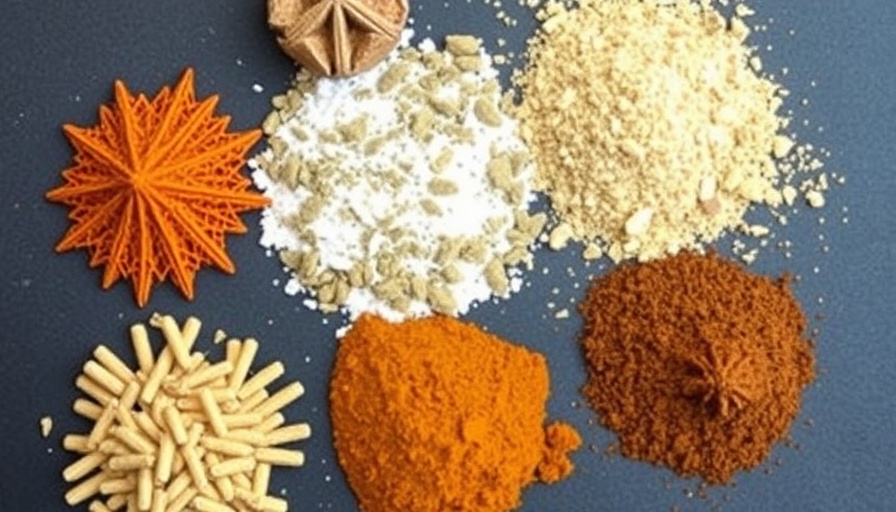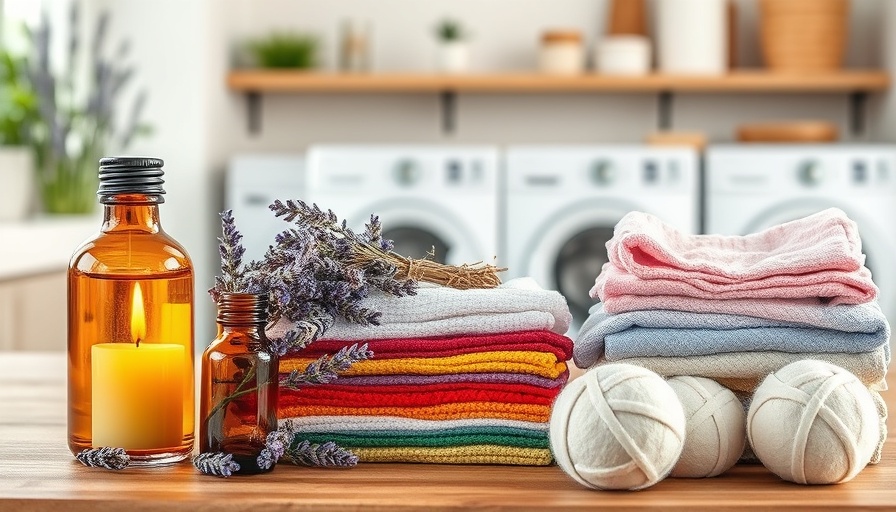
Unlock the Secret to Year-Round Harvests with Succession Planting
As busy adults and parents juggling work, family, and personal wellness, it’s essential to make the most of every moment, especially when it comes to healthy eating. One of the most efficient gardening strategies that can elevate your homegrown produce game is succession planting. This method is your ticket to stretching the growing season, maximizing space, and minimizing waste, ensuring that you and your loved ones enjoy fresh, nutritious veggies throughout the year.
What is Succession Planting?
Succession planting means staggering your plantings instead of putting everything in the ground at once. Picture this: you plant a row of lettuce one week, followed by another row a week later, and perhaps some fast-growing radishes intermixed. This technique keeps a steady flow of produce coming from your garden, meaning no more overwhelming harvests where everything is ripe at once, leading to waste.
This ingenious method adapts to any gardening space, whether you have a sprawling backyard garden or a compact urban balcony. It caters to all types of crops, from quick-growing favorites like radishes to more demanding vegetables such as cucumbers and bush beans.
Why Succession Planting Can Transform Your Gardening Experience
If you've ever found yourself drowning in zucchinis, then you understand the challenge of timing your harvest. Succession planting solves these issues by keeping your garden in a productive cycle—providing fresh produce without overwhelming your kitchen. Here’s why you should consider integrating this approach:
Maximize Your Harvest
By replanting as soon as one crop finishes, you’re leveraging every inch of garden real estate. This continuous cycle not only yields consistent produce but also protects you against poor germination or spring pests. So, if harsh conditions get to one batch, another is already on its way to maturity waiting in the wings.
Extend Your Growing Season
Knowing your USDA Hardiness Zone is vital for timing your crops. By planting different crops at strategic intervals based on frost dates, you can effectively extend your growing season. Utilize this knowledge to combat the stress of early frosts that threaten your summer favorites. This can keep your garden thriving from the first breath of spring through the last warmth of fall.
Practical Tips for Successful Succession Planting
To get started with succession planting, here are some practical steps to consider:
- Diverse Crops: Consider interplanting to maximize yield. Start with faster-growing crops like lettuce, and plant slower ones like peppers once the lettuce is established.
- Plan Ahead: Use a planting calendar to schedule your sowing dates, ensuring you meet the optimal time for sowing based on each vegetable's growth cycle.
- Rotate Crops: Avoid planting the same crop in the same spot year after year. This method helps reduce disease risk and enriches your soil.
The Emotional and Nutritional Benefits of Gardening
Gardening, especially through methods like succession planting, can also be a gratifying emotional outlet. It provides you with a connection to nature, encourages physical activity, and promotes mental well-being. Fresh produce harvested from your own garden brings not just sustenance but also a sense of accomplishment. Imagine the joy of serving a dish made entirely from ingredients you sowed, nurtured, and harvested yourself!
Your Next Steps towards Better Gardening
Ready to transform your gardening routine? Start by gathering your seeds and creating a simple planting schedule. Dive into the joy of watching your garden flourish with staggered plantings throughout the growing season. Not only will you enjoy the produce longer, but you’ll also foster a greater appreciation for the energy and efforts put into healthy eating.
For more tips on how to enhance your gardening experience and integrate it with a healthy lifestyle, consider exploring resources available for urban gardening enthusiasts. Understanding the nuances of planting can create tremendous benefits in both your garden and your kitchen, resulting in nutritious meals for your family!
 Add Row
Add Row  Add
Add 




Write A Comment